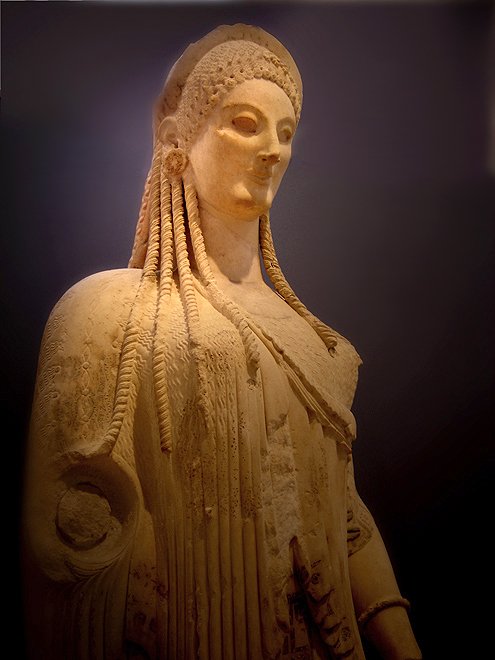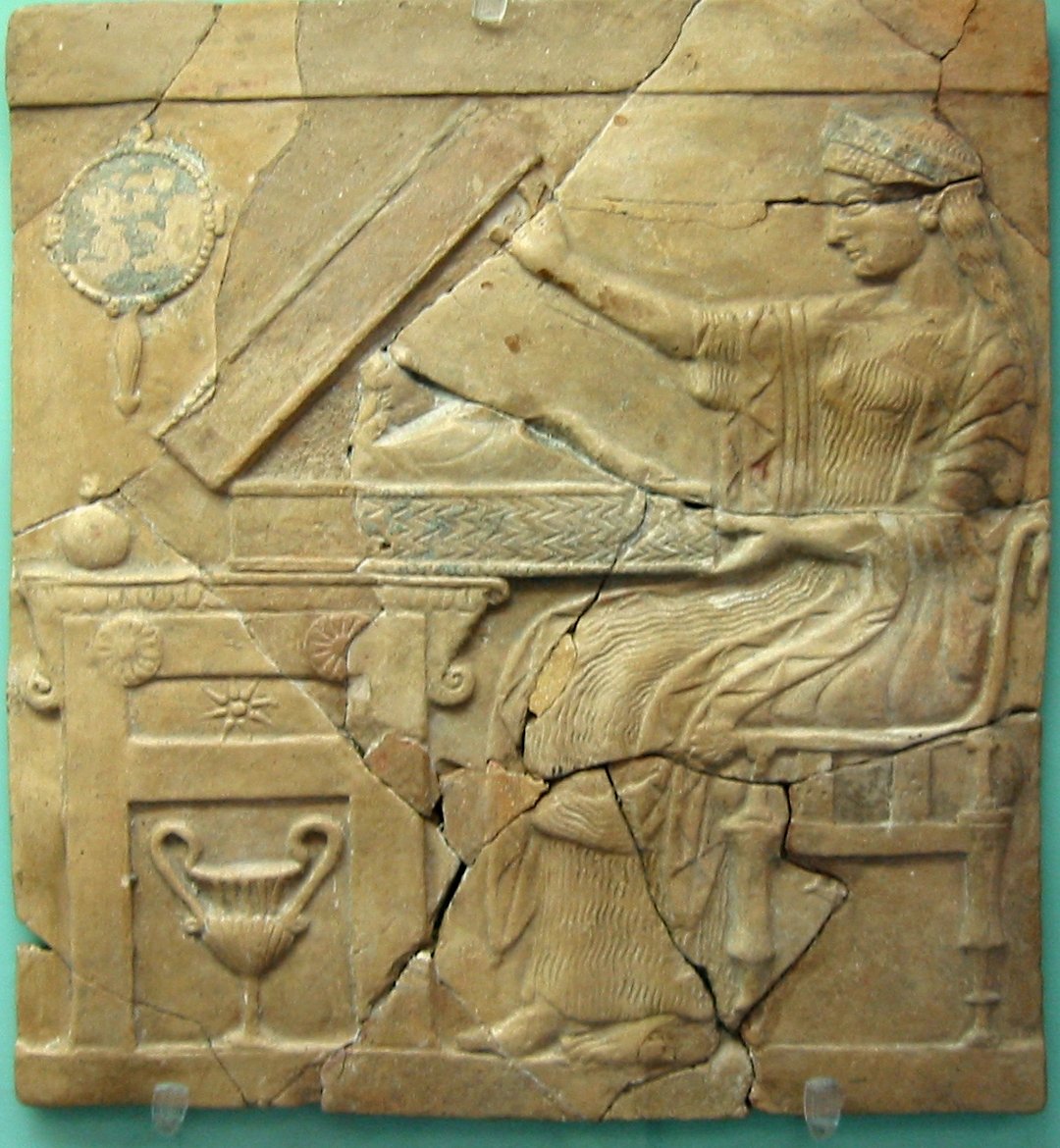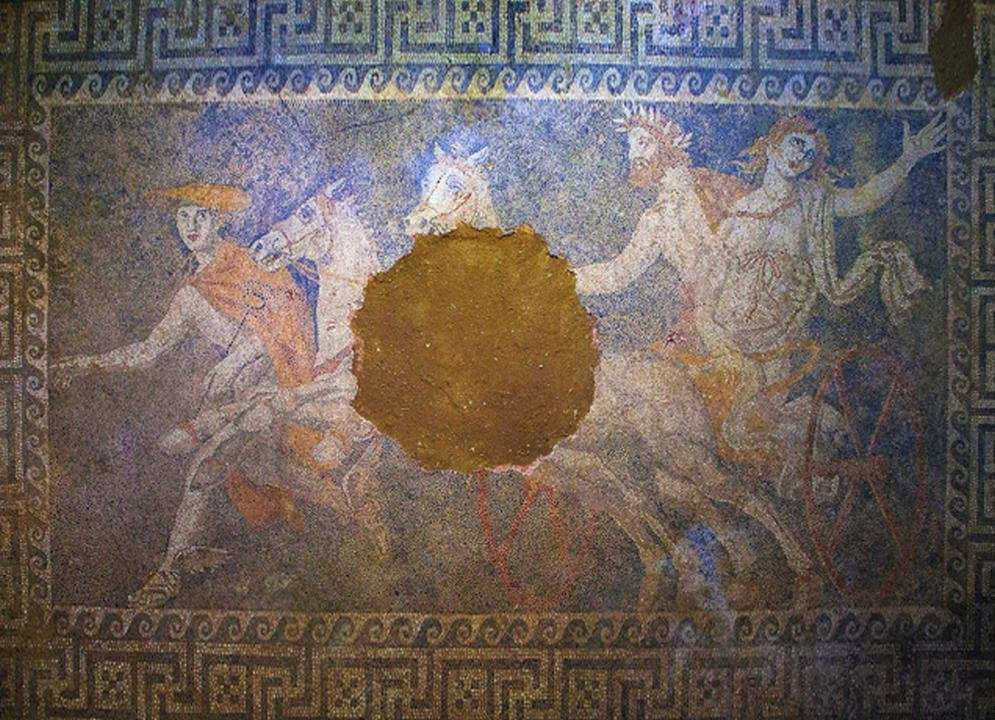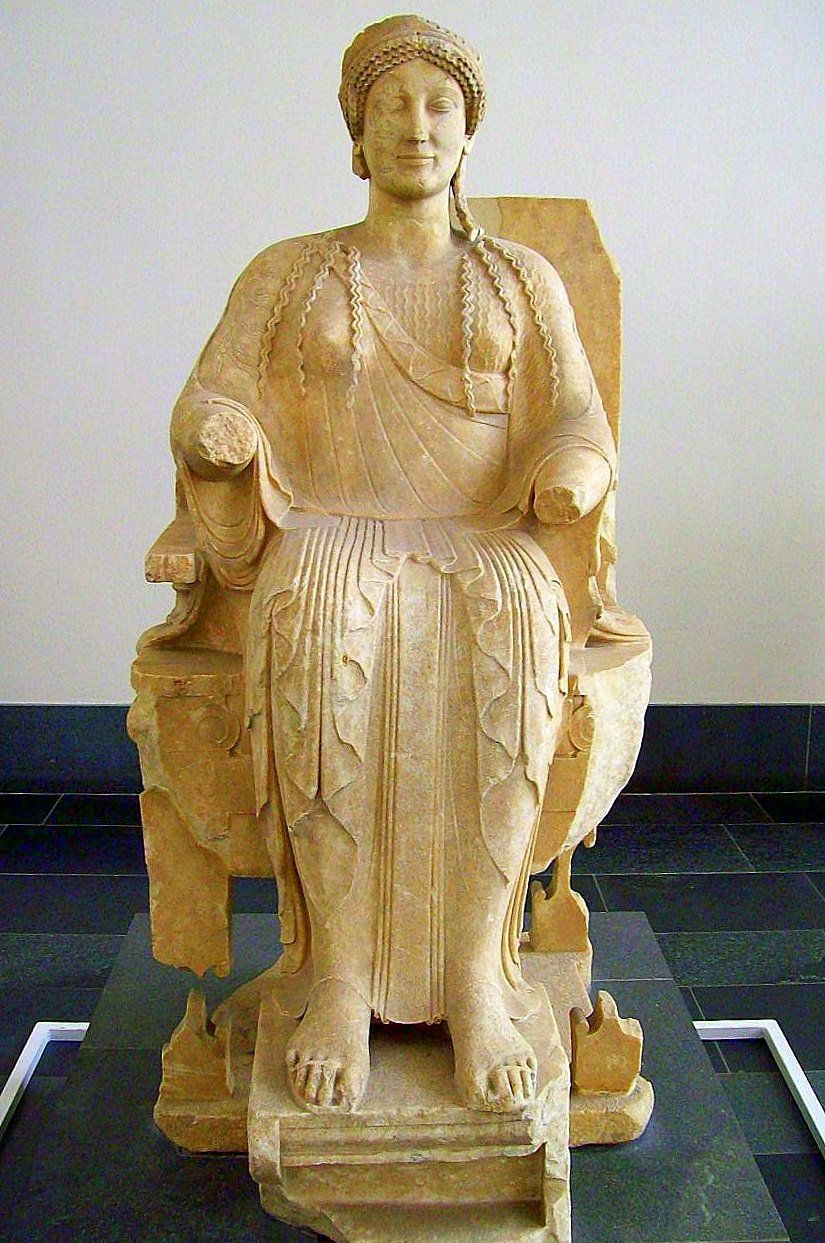Persephone
Persephone
Proserpina
Περσεφόνη
Persephone is a goddess of agriculture and fertility, daughter of Zeus and Demeter, and wife of Hades. She is best known for the story of her abduction by Hades, leaving her bound to the underworld for six months of the year. As a goddess associated with both life and death, she represents the cycle of nature and the mysteries of the afterlife.
How she helps us find healing and strength . . .
Understanding the goddess Persephone and her mythology can provide women with powerful insights and symbolism that can aid in spiritual and emotional healing.
The myth of Persephone's abduction and return from the Underworld, her connection to the changing seasons, and her role as a complex and multifaceted figure can resonate deeply with women's experiences and journeys. Here's how this understanding can contribute to healing:
Embracing the Complexity of Experience: Persephone's story embodies a range of emotions and experiences, from innocence and vulnerability to strength and transformation. Women, like Persephone, often navigate through a variety of emotions and phases in their lives. Acknowledging the complexity of these experiences can be a step toward healing, as it validates the multifaceted nature of being human.
Navigating Life's Transitions: Persephone's journey between the surface world and the Underworld mirrors life's transitions—birth, growth, loss, and transformation. Understanding her story can offer solace to women facing life changes, such as leaving home, entering motherhood, or coping with loss. It reminds us that change is a natural part of life, and that healing and growth can emerge from challenging transitions.
Embracing the Shadow Self: Persephone's time in the Underworld symbolizes the shadow self—the aspects of ourselves that we might hide or deny. Exploring and integrating these aspects can be essential for healing. Women can find empowerment in acknowledging their shadows and working through issues related to trauma, grief, or suppressed emotions.
Resilience and Empowerment: Persephone's ability to navigate the Underworld and the surface world demonstrates resilience and empowerment. For women who have faced challenges or adversity, Persephone's story can serve as a reminder of their own strength and capacity to overcome difficulties.
Seasons of Healing: Persephone's connection to the changing seasons mirrors the cyclical nature of healing and growth. Just as the earth experiences periods of renewal and dormancy, women can recognize that their healing journeys might involve cycles of rest, reflection, and eventual renewal.
Connectedness to Nature: Persephone's mythology is closely tied to nature and the rhythms of the earth. Women can find healing in connecting with nature, observing its cycles, and aligning their own processes of healing with the natural world.
Empowerment Through Choice: Persephone's consumption of pomegranate seeds, which binds her to the Underworld, illustrates the power of choice. Understanding that our choices can have consequences and that we possess agency over our lives can be empowering for women in their healing journeys.
Community and Ritual: Just as Persephone's story was celebrated through rituals and festivals, women can find healing in communal gatherings and rituals. Sharing stories, creating art, and participating in healing practices can foster a sense of connection and support.
Reclaiming Autonomy: Persephone's negotiation with Hades and her return to the surface illustrate the reclamation of autonomy and agency. Women can be inspired to reclaim their own sense of self, independence, and authority over their lives.
Ultimately, the myth of Persephone offers a narrative framework that can help women explore their inner worlds, make sense of life's challenges, and embark on transformative journeys of healing and self-discovery. It's a reminder that even in the face of darkness, there is potential for renewal and growth.
Rape of Persephone
The story of the Rape of Persephone is a myth from ancient Greek mythology that explains the changing of the seasons. It involves several key characters, including Persephone (also known as Kore), Demeter, and Hades.
Persephone was the daughter of Demeter, the goddess of agriculture and fertility, and Zeus, the king of the gods. Persephone was known for her beauty and innocence. One day, while Persephone was in a field with her companions, she was suddenly abducted by Hades, the god of the underworld. Hades took her to his realm, the Underworld, against her will.
Demeter, Persephone's mother, was devastated by her daughter's disappearance. In her grief and anger, she neglected her duties as the goddess of agriculture, causing crops to wither and the earth to become barren. The world plunged into an eternal winter, and humans and gods alike suffered from the lack of food and sustenance.
Zeus, concerned about the plight of the world and the gods' suffering, intervened and sent Hermes, the messenger god, to the Underworld to negotiate with Hades. Hades agreed to release Persephone, but there was a catch. Before letting her go, he tricked Persephone into eating a few pomegranate seeds. Eating the food of the Underworld bound her to that realm, ensuring that she would have to spend a portion of the year there.
Persephone was allowed to return to the surface and her mother, Demeter, for two-thirds of the year, during which time the earth flourished with vegetation and life. However, during the remaining one-third of the year, Persephone had to return to the Underworld to be with Hades. This period became associated with winter, during which Demeter mourned the loss of her daughter, causing the earth to become cold and barren once again.
The story of the Rape of Persephone is often interpreted as a myth that explains the cycle of the seasons: spring and summer when Persephone is with her mother and the earth thrives, and autumn and winter when she returns to the Underworld and the earth becomes desolate. The word "rape" in this context doesn't necessarily have the same modern connotations, as it originally meant "abduction" or "carrying away."
This myth was used by the ancient Greeks to make sense of the natural world and the changing of the seasons, and it also symbolized themes of life, death, rebirth, and the power dynamics between the gods.


















